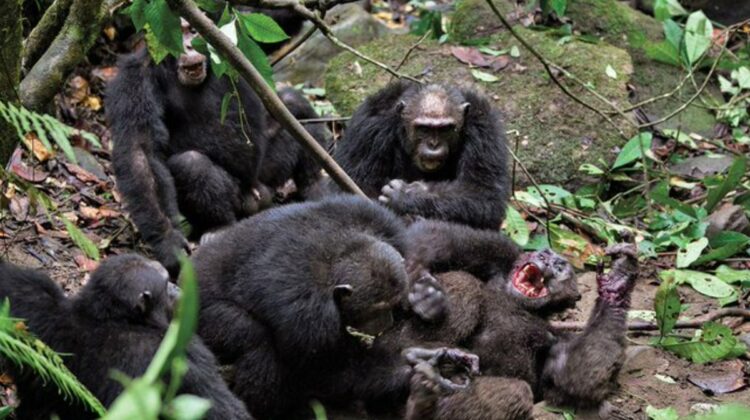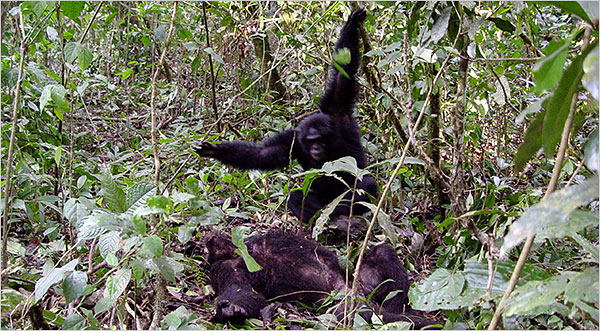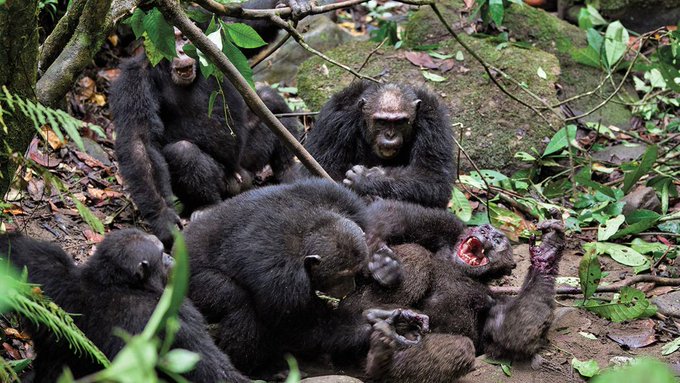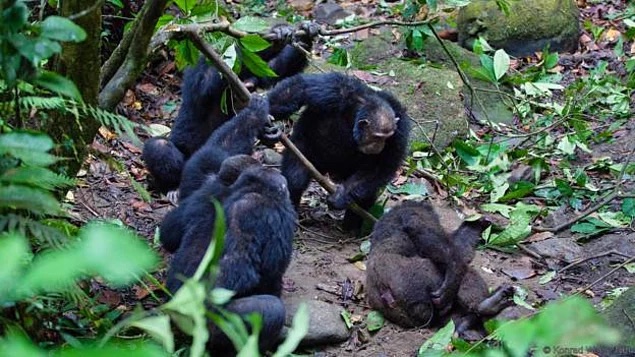
The assertion that animals don’t go to war is false. There are many examples of animals engaging in violent conflict, both within and between species. One of the most well-documented examples is the Gombe Chimpanzee War, which took place between two communities of chimpanzees in Tanzania between 1974 and 1978.

The war began when a group of males from the Kasakela community split off and formed a new community called the Kahama. The two communities then began to compete for territory and resources. The conflict escalated into violence, and the two communities raided each other’s territory and killed each other’s members.

The war lasted for four years and resulted in the deaths of over 60 chimpanzees. It was the first time that such a sustained and violent conflict had been observed among animals.
The Gombe Chimpanzee War provides strong evidence that animals are capable of engaging in war. The war was not a random event; it was a deliberate and coordinated campaign of violence. The chimpanzees used a variety of tactics, including raiding, ambushing, and killing. They also showed signs of strategic thinking, such as using deception and planning ahead.

The Gombe Chimpanzee War is a reminder that animals are complex and sophisticated creatures. They are capable of both cooperation and conflict, just like humans.
Here are some other examples of animals that engage in war:

- Ants: Ants are known to wage war against other ant colonies, often over territory or resources.
- Bees: Bees will sometimes fight to the death to defend their hive from invaders.
- Lions: Male lions will often fight each other for dominance, and sometimes these fights can be deadly.
- Elephants: Elephants have been known to attack and kill other elephants, especially during the mating season.
- Whales: Sperm whales have been known to engage in violent conflict with each other, sometimes resulting in serious injuries or death.
The Gombe Chimpanzee War is a reminder that animals are capable of great violence. It is also a reminder that we need to learn more about the causes and consequences of animal conflict, so that we can better understand and manage these conflicts.

Leave a Reply